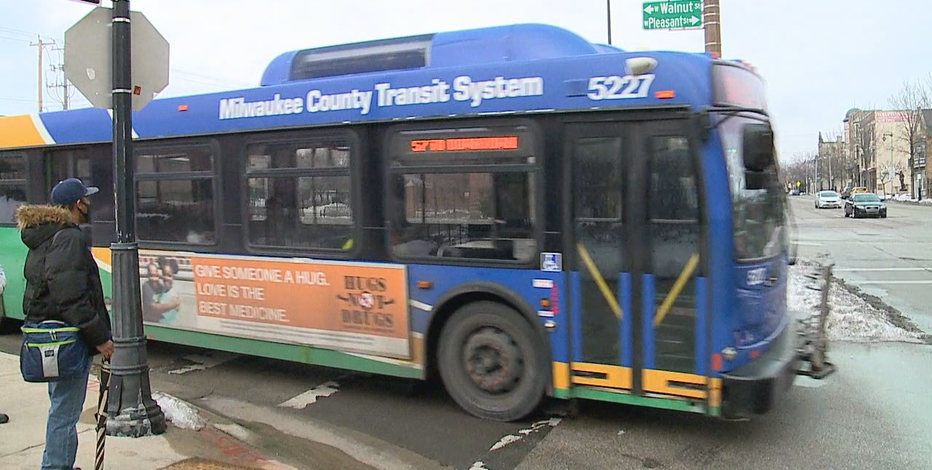Milwaukee weighs options for $405M in federal relief funds

Milwaukee weighs options for $405M in federal relief funds
The Common Council will vote next week to create a dashboard so residents can track how the city spends the money.
MILWAUKEE - How should Milwaukee spend its federal COVID-19 relief dollars? The American Rescue Plan Act will send the Cream City $405 million.
The city is planning to hire a consultant to hear from people across Milwaukee, ahead of making final plans. This entity may help work on a survey, website design, and going out into the city to get residents' input.
Mayor Tom Barrett proposes using the funding for increasing home ownership, affordable housing, lead abatement, water and bridge infrastructure, broadband, early education, as well as to help businesses, and to expand the streetcar.
"Clearly, the mayor laid out priorities," said Sharon Robinson, director of Milwaukee's Department of Administration, "but there may be other priorities that might bubble up just through the community engagement process."
The city is still waiting on guidelines from the federal government on how the money can be spent. The $405 million bundle will come in two batches. The federal government must send the first batch by the middle of May, and the second will be sent next year.
"One of the things we have to be careful about is not just spending the money," said Robinson, "but some of it should be invested for future prosperity."
FREE DOWNLOAD: Get breaking news alerts in the FOX6 News app for iOS or Android.
The Common Council Finance Committee on Thursday, April 8 questioned the administration on priorities for the money, such as fighting lead paint in homes.
"It’s pretty clear if our goal is to have less children test positive for lead, we should be going into every ZIP code where the instances are high and remediating every household before children test positive in those houses," Milwaukee Alderman Nik Novac said.
"We don’t know what the guidelines are going to say. Hopefully, they are written in a way that they are broad enough that we can use them for lead paint, and that would be one of our focuses," said Dennis Yaccarino, Milwaukee budget director.
First, the city plans to use the money to cover lost revenue from 2020; at Thursday's meeting, it was estimated to be in the range of $30 million to $40 million.
That still leaves $365 million for other projects. The Common Council will vote next week to create a dashboard so residents can track how the city spends the money.
Featured
MCTS to increase bus capacity limit starting April 12
The use of masks will still be required, and MCTS will continue to encourage best health practices to prevent the spread of COVID-19.
Featured
Milwaukee Public Schools to get nearly $800M in relief aid
The state of Wisconsin is set to receive more than $2 billion in federal aid for school districts, with more than a third of it going to Milwaukee Public Schools.



